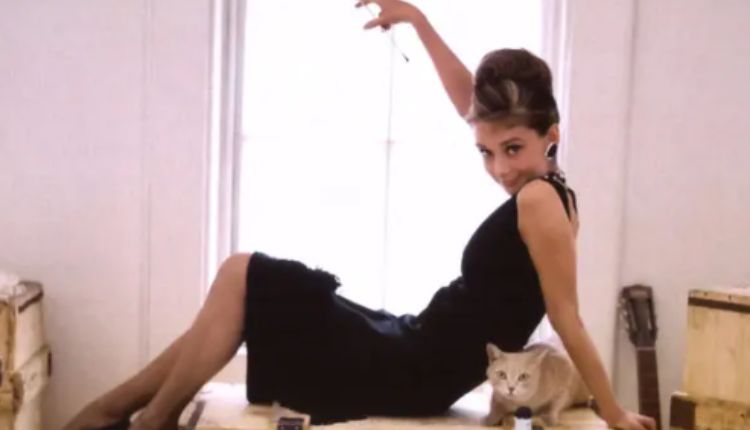In the context of Japanese anime, manga, and gaming culture, the term “Kemono Su” has emerged as a growing source of interest and curiosity. “Kemono” means “beast” or “animal” in Japanese, and “Su” can refer to the word “nest,” “lair” or “habitat.” Taken together, “Kemono Su” typically means a “beast’s den” or “animal’s nest,” but can bear a range of symbolic meanings depending on the context.
The term is commonly found in fantasy or anthropomorphic-type stories which feature animal-human hybrids or mythical beings as central characters within the narrative. From anime series that explore the dynamics of feral societies, to video games that see players interact with beast-like characters, “Kemono Su” has become a gateway to narrative worlds both imaginative and primal.
Origins and Cultural Meaning
The idea of animal-like beings is not new to Japanese culture. Japanese mythology is packed with creatures like kitsune (fox spirits), tanuki (raccoon dogs) and tengu (bird-like spirits). The line is often blurred between humans and animals with the creatures being depicted as shape-shifters or guardians of nature.
Kemono su standardizes this traditional foundation while playing with modern narratives. Though inspirations for past representations often focused only on mysticism and/or spirits, modern representations include evolved beastman societies, primitive wilderness full of intelligent creatures and hybrid characters hanging in the balance between the world of the wild and the civilized.
Kemono in Anime and Manga
Kemono characters feature prominently in anime and manga that mix fantasy, science fiction, and action. Anime and manga such as “Beastars,” “Brand New Animal (BNA)” and “Kemono Friends” have taken the imaginations of audiences around the world. These stories are not about animalistic beings, but rather, the beings defy their outer identities to explore complex topics such as prejudice, identity, survival, and coexistence.
Take Beastars, for example, in which society consists entirely of anthropomorphized animals who are sorted by species — carnivore versus herbivore. Their tensions reflect real-world concerns about race, societal class and discrimination. In this sense, the “Kemono Su” is not only a physical habitat; it’s also a symbol for the boundaries that we, as a society, have set and the dormant instincts hidden within us all.
Kemono Su in Gaming
The rest of the gaming industry has fully adopted this idea of “Kemono Su.” Beast tribes and their lairs are common in fantasy RPGs. Monster Hunter, Final Fantasy XIV, and Toukiden are games which can have entire ecosystems, and players must hunt beasts which often refer to their species den or nest as the “Kemono Su”
In these environments, the beast’s den becomes more than a geographic location — it is a site of mystery, danger, and primal force. “Extended space, on the other hand, contains its own narrative, and players may be challenged to defeat or understand the creatures who inhabit them; both of those activities provide rich narrative and immersive world-building experiences.
It is quite possible that Stranger of Heaven Hill will follow a trend, as even Japanese mobile games and visual novels have based their content on a romance and/or friendship with Kemono characters, spawning entire subcultures that are devoted to Kemono as an archetype. That said, there are tender beastmen, savage warriors, wise beast sages, and other variations in between, telling their own versions of what it means to be part animal, part human.
Psychological Themes and Symbolism
A major reason that “Kemono Su” resonates so deeply is the psychological metaphor it contains. The lair or nest of the creature frequently symbolizes the subconscious mind, populated with animalistic wants, urges, and fears. Characters who enter or live inside a Kemono Su tend to be either embracing the wild or struggling to maintain their humanity.
This duality provides rich storytelling possibilities. Will the beast characters be wild or can they rise above their instincts? Is the nest a safe space, or a progressive prison? Questions like these let creators explore human psychology in a metaphorical and dramatic way.
Fandom and Subcultures
Kemono Su has gained a veritable cult following, domestic and foreign, and some have even gone so far as to call it the “best anime of all time.” Pixiv, DeviantArt, and a number of Kemono-themed conventions in Japan (e.g., Kemocon) celebrate this niche through original artwork, cosplay, and collaborative storytelling:
There is also an overlap between the Kemono fandom and international furry fandom, though there are some cultural and stylistic differences. Whereas furry art tends to pull from Western cartoon influences, Kemono art is classically more stylistic within the Japanese anime tradition, with heavy emphasis on faces showing emotion, dramatic eyes, and detailed fur patterns.
What Lies Ahead for Kemono Su in the Media Industry
Kemono Su is also likely to be joined as Japanese media continues its globalization and similar thematic voices emerge from around the world, expanding into genres and styles that the basic idea is rich enough to support. As interest grows with anthropomorphic storytelling and deeper explorations of identity, we’ll find a healthy relationship with the Kemono archetype is a compelling facet of narrative.
Hybrid worlds in which humans and beasts live in complex societies together, or sci-fi tales where beast DNA is manipulated for survival. No matter where this goes, the central appeal of Kemono Su — its primal, visceral strength glazed over with emotion and story — will remain.
What’s Next?
“Kemono Su” is not simply a beast’s lair, though — it’s a portal to scenarios that interrogate identity, society and the dividing line between human and animal nature. Coaxing this notion out through the medium of anime, manga, games, and art, it asks us to contemplate our own equally base instincts, our fears, and our aspirations of metamorphosis. And, from a literal den crammed full of mythical creatures to a metaphorical arena in which primal instincts battle civilization, many Kemono Su are still enthralling minds and inspiring creativity worldwide.

